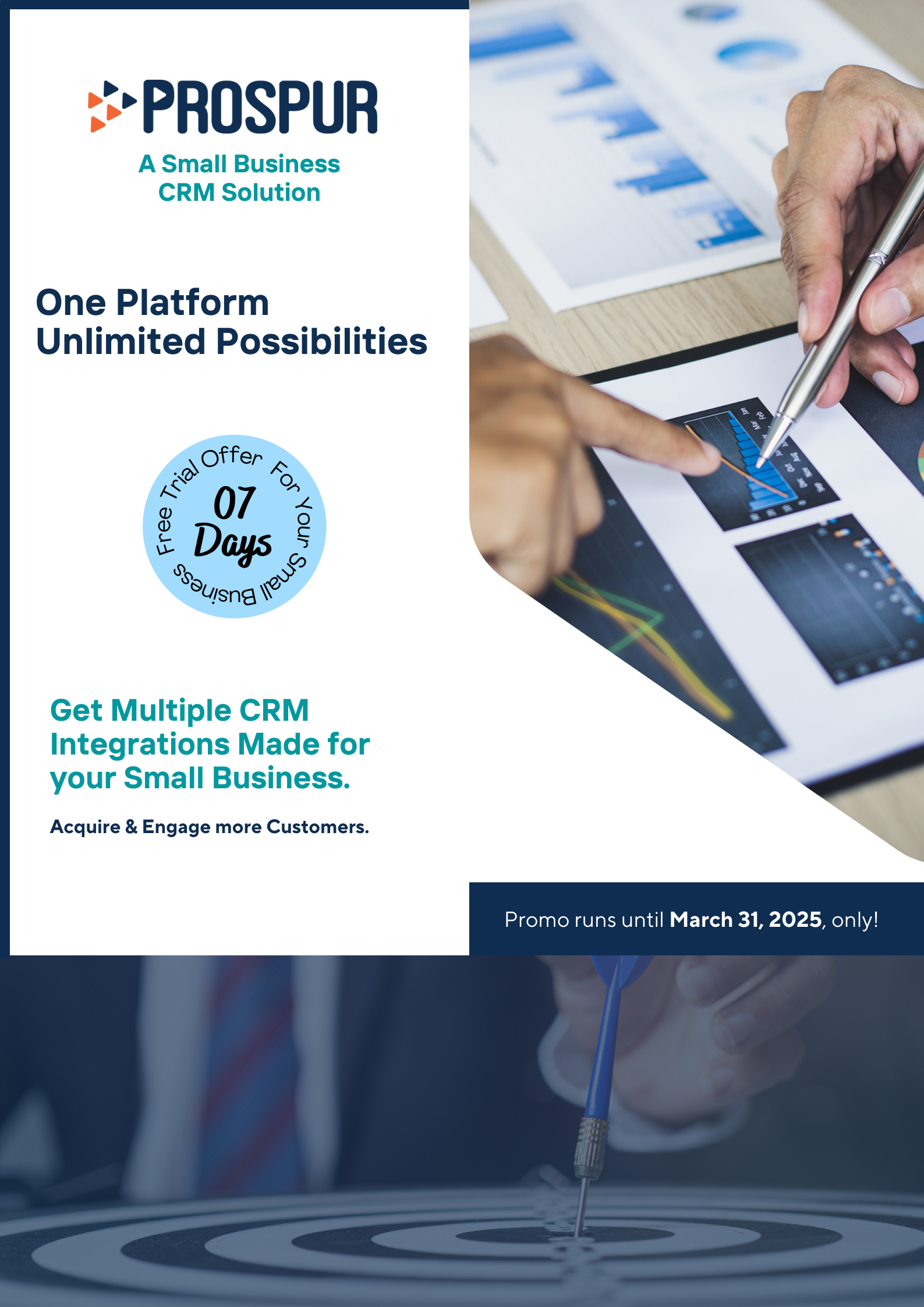What Is New Era Of Conversational CRM [A Simple Guide]
Editorial StaffJanuary 11, 2024

When you contact a company, do you wish to speak to a robotic auto-response system or a human?
The answer is simple. Successful businesses understand that all customer relationships are rooted in conversations.
In the digital world, the first conversation between a customer and a company is over the internet. Customers want their interaction to be conversational, uncomplicated, low-effort, and meaningful.
Studies show that 70% of customers who contact a company digitally expect a conversational experience. However, only 40% of businesses are confident in meeting those expectations.
Having a passive CRM system is no longer sufficient. Your customer engagement strategy should empower the sales team to use content and context to build meaningful conversations.
The auto-response systems, such as CRM conversational bots, should understand this need to turn your organization into a growth powerhouse.
What is a Conversational Strategy?
A conversational strategy is your sales plan to convert leads into purchases with conversations at the core. The strategy includes –
- Short-term and long-term business goals.
- Market opportunities.
- Business use cases.
- Using applications such as Facebook, WhatsApp, Messenger, and Telegram.
- The user experience.
- Key performance indicators (KPIs).
Conversational CRM replaces the old method of a monologue where only the company gets to speak. By encouraging customer-oriented dialogue, brands can listen to the requirements and respond accordingly.
Businesses can collect valuable data, raise brand recognition and engagement, develop customer loyalty, and drive sales.
Why do Brands Need a Conversational Strategy?
If you are using a CRM, can you chat with a client on a platform other than email? If not, then your CRM lacks the conversational aspect.
Some CRMs offer third-party integrations but have challenges, such as broken connections, inconsistent support, and a lack of resources. You will also need multiple third-party integrations, which, otherwise, is a challenge to maintain.
These features should be a part of your core CRM system.
Businesses need a conversational strategy to provide a single point of contact for their clients and make interactions faster.
What if all the conversations could come directly into your CRM dashboard irrespective of whether the client uses email, SMS, call, or a social media platform?
Instant messaging services and chatbots are fast becoming critical tools for conversation. By aligning themselves with the changing trends, brands can avoid information silos, inefficient responses, and disjointed experiences.
What are the Features of a Conversational CRM Strategy?
If your sales and marketing efforts depend on a conversational strategy, they will meet most or all the features mentioned below.
#1. Conversations Happen at a Time Suitable to the Customers
Your customers could be across the globe and following different work schedules. But a conversational CRM engages with them whether it is 7 am or 10 pm.
A business needs to interact with customers in real time and nurture the lead for a possible sale. The customer should also have the flexibility to start where they left off last time.
#2. The Conversations are Adaptable
Your sales team and the CRM need to adapt to every customer and answer their questions with personal attention. The customer does not care whether you are talking to other clients. They need a solution to their problem that you can provide even with the help of chatbots that adapt and learn with time.
#3. It Is Contextual
How often have you spoken to a customer care desk, and the person offers a service or product that is completely out of context? Conversations cannot be disjoint or isolated.
Secondly, customers feel frustrated when they have to repeat the same information (e.g., account number) and explain their problem to each department.
It is expected that the customer service representative knows the history of all previous conversations.
#4. Personalized Conversation that Leads to a Solution
A conversational CRM provides all the customer history so that each agent knows whom they are talking to, their history, and what they want to know.
This makes the conversation flow like the customer is speaking to a friend, not a sales agent.
This strategy puts the customer at ease and naturally leads to a solution that could be an answer to a question, purchase, return, or reservation.
#5. Omnichannel Routing
With omnichannel routing within the CRM system, businesses can adapt to changing support teams and other variables.
The system routes the client to the most appropriate support agent, irrespective of the communication channel, and the management can closely monitor the performance for better staff training.
#6. Device Agnostic Operation
A conversational CRM must provide the sales agents with the go functionality. This means that the agents should be able to respond on mobile devices and track old, new, and ongoing conversations with ease.
Best Practices for Planning Your Conversational Strategy:
Defining the best practices for a conversational strategy is vital for long-term success. The following points give you an overview of the path you should follow.
#1. Define the scope of the CRM and use cases – Define the business problem for which you are implementing a conversational CRM. Be specific, and make it measurable. This scope is vague:
‘Increase customer engagement and revenue.’
However, this scope is specific –
‘Decrease the Customer Acquisition Cost (CAC) by 25% in the quarter starting from January to March 2023.’
While defining the use case, ensure it is repeatable, scalable, and predictable. The use cases must have customer experience as the top priority.
#2. Put customer experience first – Aim to reduce any friction in the customer experience to make the transactions low-effort and uncomplicated. Any delay is an opportunity for the customer to abandon and choose another business.
Most companies focus on the KPIs for business growth but keeping the customer experience first directly impacts the bottom line.
#3. Define the strategy to go live – If you have a well-controlled and managed roll-out, your conversational CRM will generate traffic on your website. You should start promoting the new channels on your website and the mobile app.
When a customer calls you on IVR, you can inform them to use WhatsApp, Facebook, or any other interactive app.
#4. Start small and scale up later – Start small and analyze the usage of your conversational channels. Once you have the usage data, you can scale up accordingly. Learn from the system limitations and expand in areas where you see the most opportunity.
Using rules-based workflow within the conversational CRM usually automates most things and prepares you for implementing AI in the future.
#5. Evolve the system as you grow – It is important to observe the conversational CRM and improve accordingly. Observing limitations opens new avenues for improvement to serve customers better.
Do Better Business with Conversational CRM:
Conversational marketing and sales are much more than just a live chat. It completely changes how customers and sales teams view one-on-one conversations.
Adapt to changing customer needs and leave the customers delighted. SMBs can now leverage the benefits of a conversational CRM and design strategies that were once limited to large companies only.
CRM with a conversational bot can significantly scale up your conversations and be available for the customer irrespective of the time zone.
With this capability, small and medium businesses not only thrive but also compete with enterprise-grade businesses.

